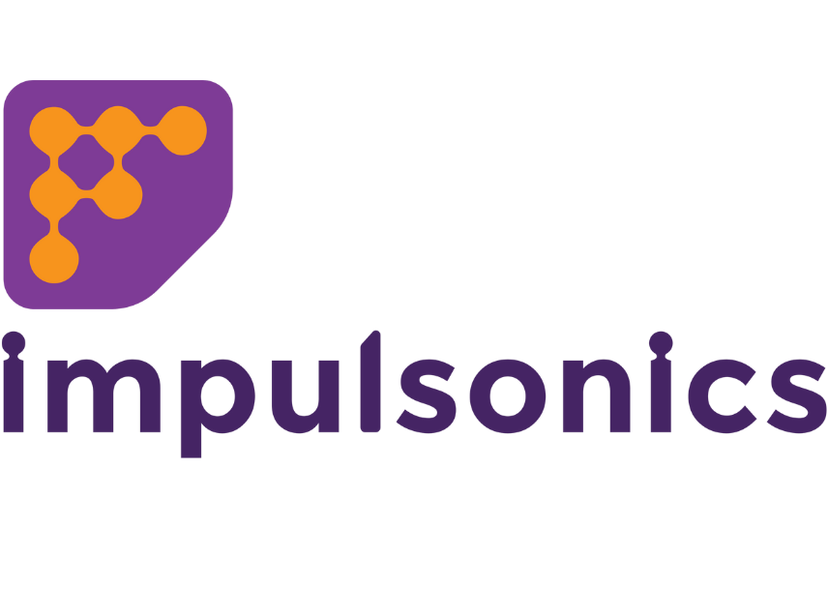Dancing with the cells
Learn how acoustically levitating a diamond led to a breakthrough in biotech automation
10 Apr 2025Engineers have created a new technology that can move cells without touching them, enabling critical tasks of a large biomedical laboratory to be shrunk into a benchtop device. This invention could accelerate the discovery of new medicines and unlock possibilities such as personalized medicine screening in the clinic.

Behind every new drug lies thousands of hours spent by scientists growing cells in a petri dish to test it before it is tried on patients. Even in 2025 this remains a highly manual and difficult to automate process, leading to expensive and sometimes unreliable processes that make it harder to develop novel life-saving drugs to the point when they can be used in the clinic.
The new technology uses acoustic waves to move cells, which appear to 'dance'. This capability replaces the need for many large pieces of equipment in a lab and could make it significantly easier to automate cell growth and help scientists discover new drugs faster. It also opens up new possibilities in the clinic, such as personalized medicine screening, where many different drugs can be tested to find the most effective before being given to a patient.
How does it work?
Acoustic waves exert a force on their surroundings, this is why they are able to produce the tiny vibrations in your eardrum that enable you to hear. This same principle can be used to move very small objects such as cells. Impulsonics’ technology uses multiple small speakers to carefully control the sounds produced and therefore the movement of the cells. By playing different sounds in a sequence the cells can be observed to “dance,” around their container.
This groundbreaking concept was unveiled in an article in Science by Dr. Luke Cox1. In the article he describes his journey from a University of Bristol student to CEO of start-up company, Impulsonics. The article is a prize essay in the BioInnovation Institute and Science Prize for Innovation.
Dr. Cox initially worked on the physics of acoustic levitation of a diamond, creating an experiment to hold objects in mid-air against gravity. Observing this seemingly magical experiment, he realised that the technology had the potential to transform our ability to handle small-delicate objects. This led him to next work on moving cells. The final step was realising that this technology could replace many of the common processes performed in biomedical labs. From this realisation, the company Impulsonics emerged.
Dr. Cox and his team have now developed this idea to the point where complex biomedical tasks, such as expanding a cell population, can be performed with this technology. Dr. Cox added, “A huge benefit of this technology is that it allows the process of screening new drugs to be accelerated. This means it can help discover new drugs for all kinds of diseases ranging from cancer to Alzheimer’s.”
Professor Bruce Drinkwater, an academic at the University of Bristol and a co-founder of Impulsonics, said, “The device is small, with a footprint half the size of a standard lab bench where previous technologies took up whole rooms. Critically it also helps produce very high-quality data quickly, which is exactly what is needed in biomedical research.”
In the future this invention has many potential applications across biotechnology. Dr. Cox concluded, “I look forward to expanding this unique technology platform to accelerate development across the pharmaceutical and healthcare industries wherever cells are grown.”
References
1. Cox L., Dancing with the cells: How acoustically levitating a diamond enabled a redesign of biotech automation. Science, 3 Apr 2025, Vol 388, Issue 6742, p. 41. DOI: 10.1126/science.adw0393
Want the latest science news straight to your inbox? Become a SelectScience member for free today>>
